Guillermo del Toro’s visionary sci-fi monster epic, Pacific Rim, was a film ahead of its time in terms of scale and creature design. It postulated that the world had been overrun by ancient leviathans known as kaiju, and humanity’s only defense was constructing enormous robot warriors to defeat them. These robots, known as Jaegers, required a neural link between their two humans pilots — two heads were better than one when taking on their ancient foes.
The film had a strong balance of visuals and character development, but undoubtedly the visuals took precedence when it came to its overall appeal. While fans rooted for the ex-pilot and the new recruit to restore the old Jaeger to its former glory and battle the monsters, it was the cataclysmic clash of these titans that made it resonate. This concept art, much of which is taken from David S Cohen’s beautiful anthology Pacific Rim: Man, Machines & Monsters and Daniel Wallace’s The Art and Making of Pacific Rim Uprising hits as hard as a Jaeger’s upper-cut.
CHOOSE YOUR JAEGER
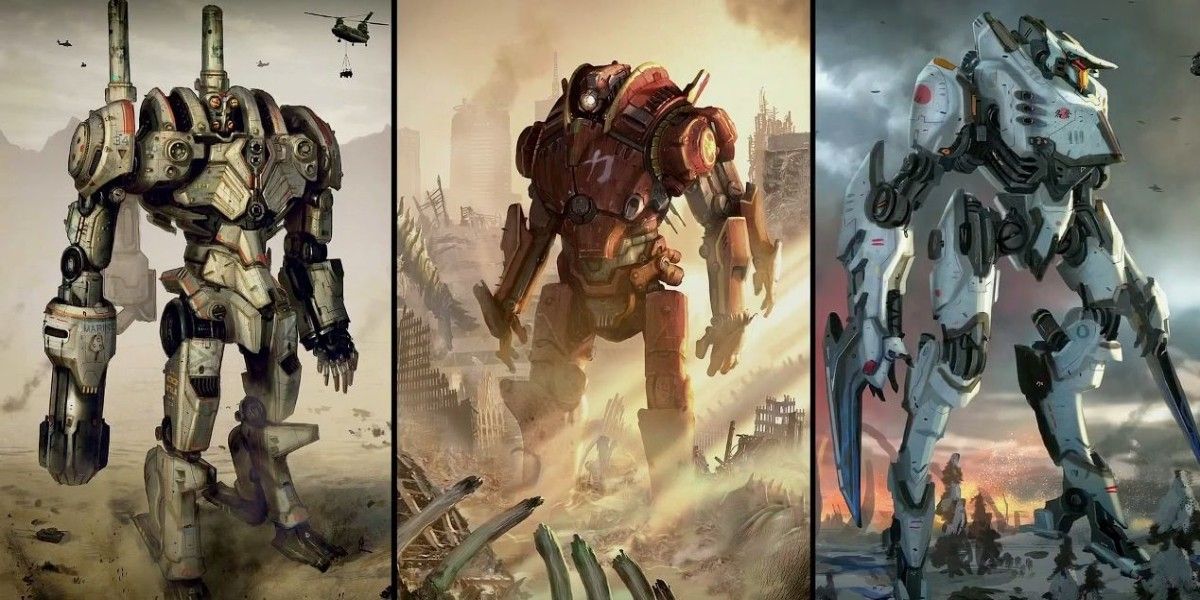
Created by the Jaeger Program, Jaegers were a mobile weapon system used to fight kaijus along the Pacific Rim. First developed by Dr. Lars Gottlieb, production for the warrior robots went into effect after 2014, when Australia saw a number of kaiju attacks. The development of the human-controlled mechs was to fight the monsters without the need for nuclear war.
Mark 1 Jaegers rolled out in 2015, Mark 2s in 2016, and onward until 2019, with no particular standard for their body type. This concept art shows the wide variety among Jaegers, which not only reflected the personalities of their pilots, but also enhanced their ability to take on the wide variety of kaiju in existence.
CONSTRUCTION & OPERATIONS
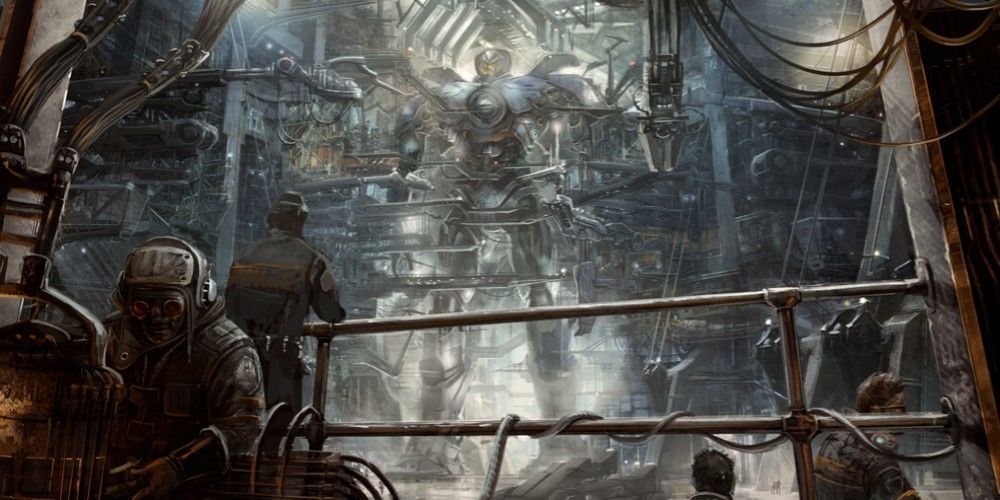
Jaegers are constructed in Shatterdomes, where they’re overseen by a team of dedicated techs assigned to each specific Jaeger. They’re deployed from their respective Shatterdomes into the waters and harbors offshore from major cities to decrease the amount of civilian casualties while facing a kaiju.
This piece of concept art shows the sheer enormity of a Jaeger in comparison to the tech team around it, who work tirelessly to ensure that it can prevent a kaiju from crossing the Miracle Mile, the stretch of ocean shore before a kaiju reaches land, and can cause the most damage to a populated area.
KAIJU RAMPAGE
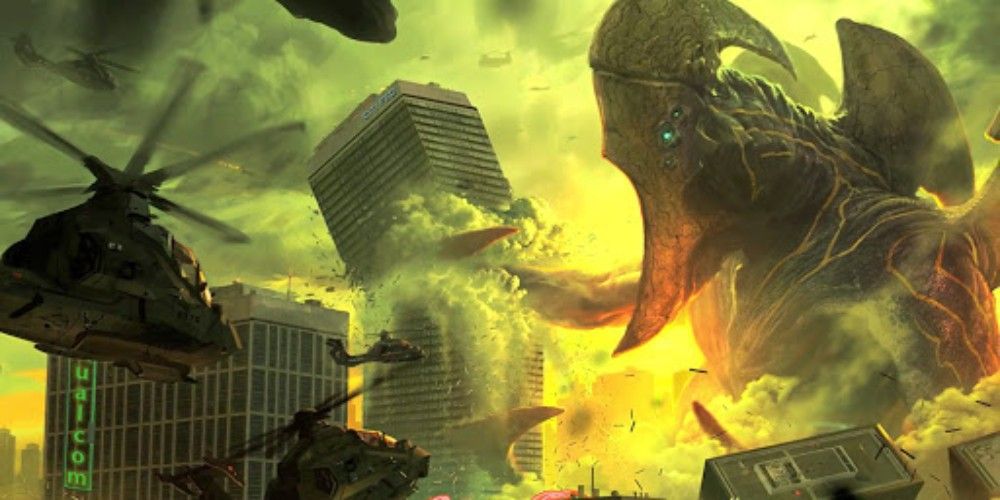
Jaegers are designated to make sure that kaiju don’t reach coastal cities, but they aren’t always successful. Jaegers ironically do better fighting kaiju on land, but because of the collateral damage, they endeavor to keep their combat confined to ocean waters. Once a kaiju makes it to land, a Jaeger will be engaged but keep combat to a minimum.
A typical fight between a Jaeger and a kaiju lasts two hours, but the damage inflicted on civilians and surrounding infrastructure is still less than if a kaiju went unhindered. This piece by Hugo Martin shows the sheer scope of destruction a kaiju is capable of — it thinks nothing of cutting skyscrapers in half, swatting military helicopters like flies, and knocking over buildings.
NUCLEAR JAEGER
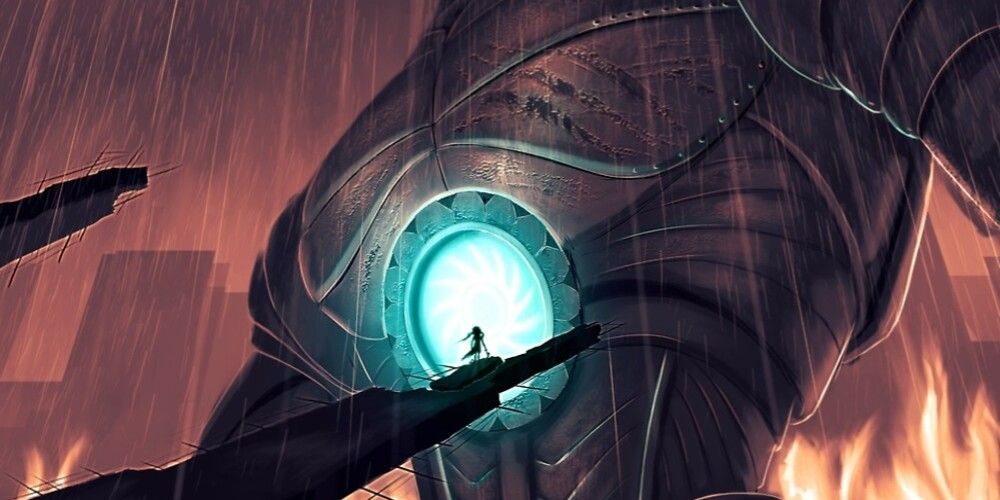
Mark 1 through Mark 3 Jaegers used nuclear reactors to power them, which put their pilots at risk for cancer development. Both Gipsy Danger and Chemo Alpha were the last Jaegers to assist with the coordinated defense of Hong Kong that had nuclear reactors, with all other Jaegers being built with digital power.
If it weren’t for old, battle-tested Jaegers like Gipsy Danger, the new and improved Jaegers like Striker Eureka wouldn’t have been able to hold off the kaiju with a thermonuclear detonator long enough to defend Hong Kong. This epic piece of concept art by Asur shows the dangers of a little girl staring into a Jaeger’s nuclear reactor as it marches through the city it both simultaneously saved and most likely helped damage.
SLATTERN
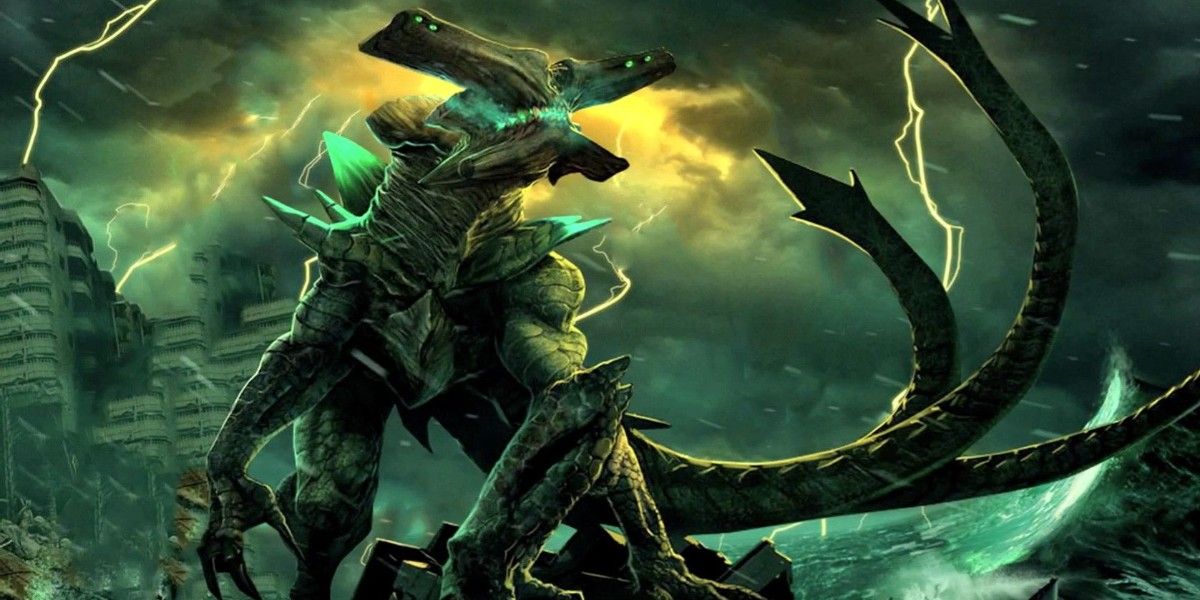
Crawling out of the Breach in the Mariana Trench, kaiju were creatures of various shapes and sizes that became harbingers of death and destruction from the moment they escape their portal. Kaiju were classified in different categories by humans to better discern their strengths and weaknesses.
This kaiju is similar to Otachi or Leatherback, two Class-IV kaiju known as the biggest and most powerful, but it is in fact a Class V known as Slattern. Its incredible intelligence and toxicity made it the most formidable kaiju the Pan Pacific Defense Corps ever faced. It stood nearly 600 feet tall, and weighed almost 7,000 tons, but met its end at the hands of Gipsy Danger.
RAIJU
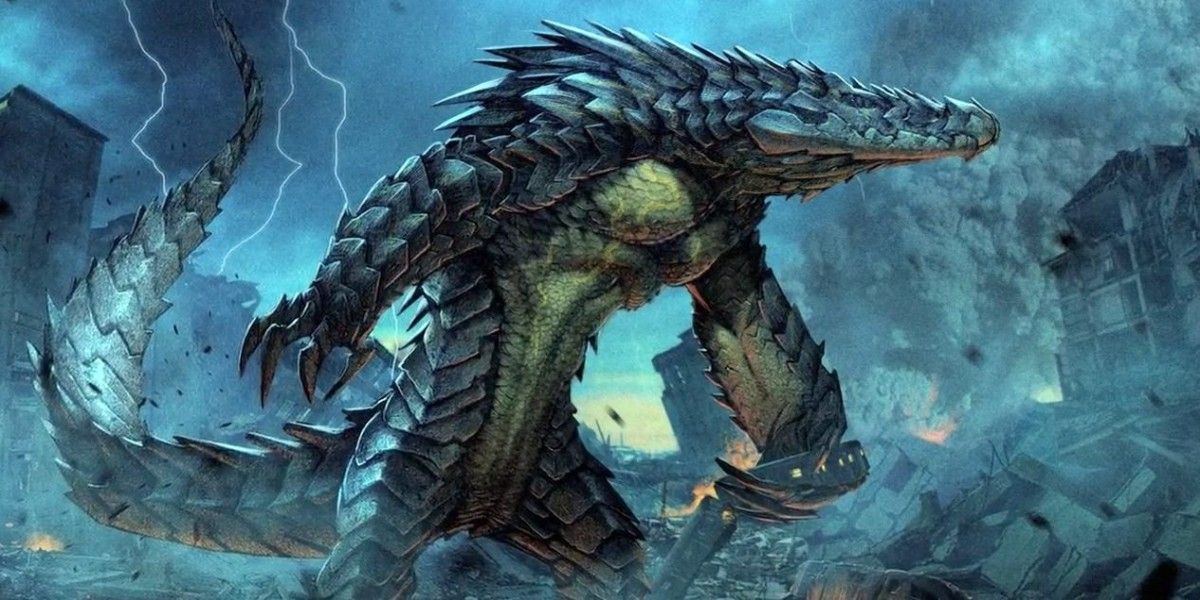
A Class IV kaiju that resembled a fusion between an iguana and a crocodile, Raiju was one of the most powerful of the aquatic leviathans. With his incredible armored hide, powerful arms, and whip-like plated tail, he could cause terrible blunt force trauma to a Jaeger even with the ocean current working against him.
In the battle for Hong Kong, Raiju was sent to protect the Breach from Gipsy Danger, alongside the titan Slattern. It stalked from the darkness, hoping to deliver a fatal surprise attack to the Mark 1 Jaeger, but in its haste it failed to defend against a chain sword. It was cut down clean in half, with parts of its carcass used to bypass the defenses of the Breach.
ROAMING KAIJU
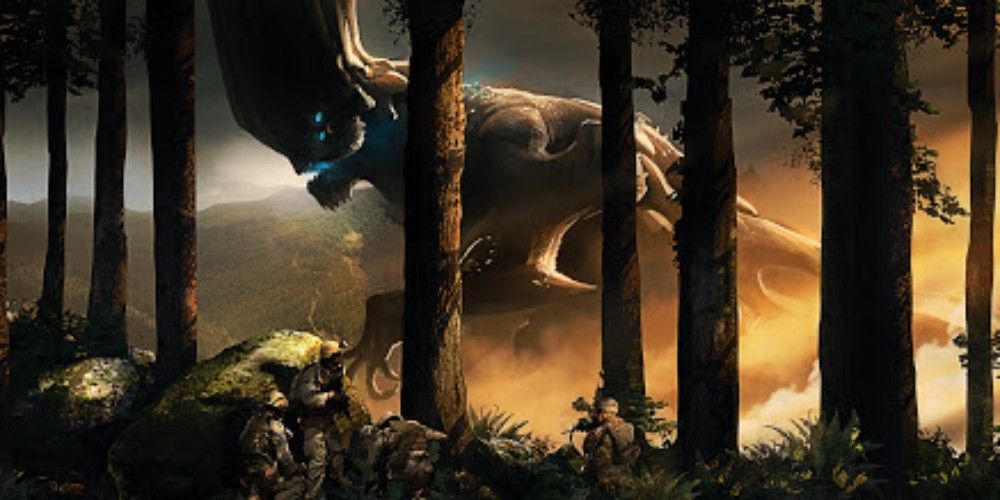
Unlike typical kaiju like Godzilla, the kaiju in Pacific Rim were created by a race of beings called the Precursors, who came from the Anteverse. They created a portal in the Mariana Trench that allowed amphibious creatures to cross into the human dimension and wreak havoc at different eras of Earth.
This piece of concept art imagines a kaiju roaming freely during the Triassic Period, which was a time when the Precursors couldn’t colonize Earth themselves because the environment was inhospitable. Though the kaiju didn’t appear until 2013, it’s interesting to imagine them in a prehistoric setting.
OCEAN BATTLE
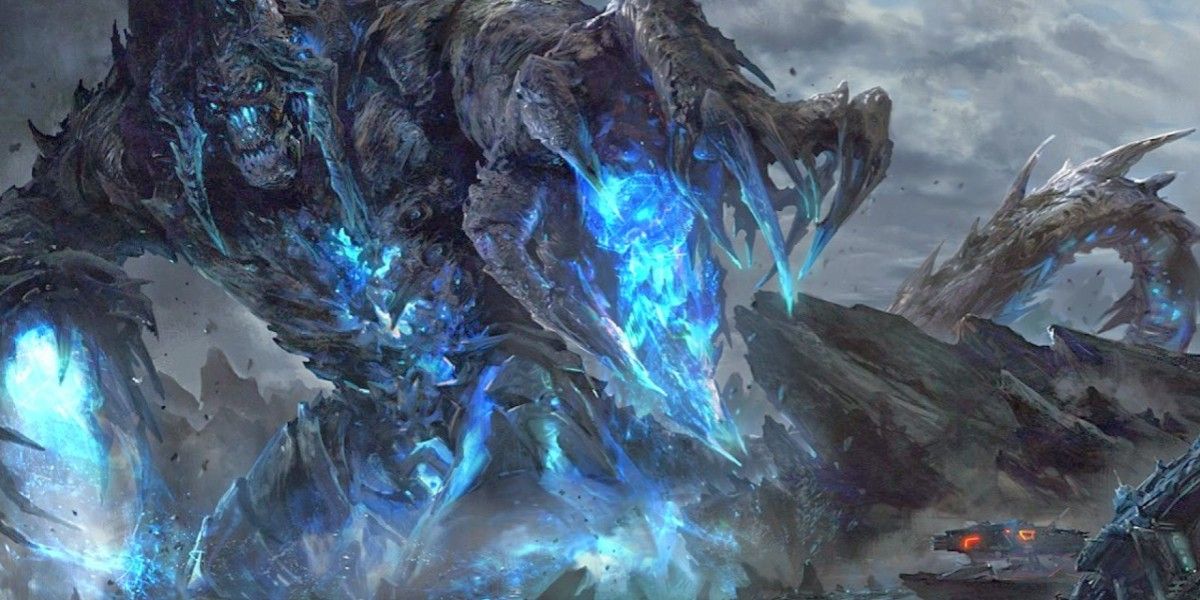
Not only are kaiju large and aggressive, they also carry toxins in their blood that when released, contaminate the area around them, instantly causing death to humans in the vicinity. When a kaiju is killed, it will immediately self destruct, which is why Jaegers attempt to engage kaiju away from cities.
Kaiju begin with a single strand of DNA and are then “built” by Precursors by grafting pieces of kaiju together until a creature of appropriate size and lethality is made. Some have their own biological weapons or even use kinetic energy, like the kaiju depicted in this piece of artwork, which is most likely a Class V.
JAEGER PARTS
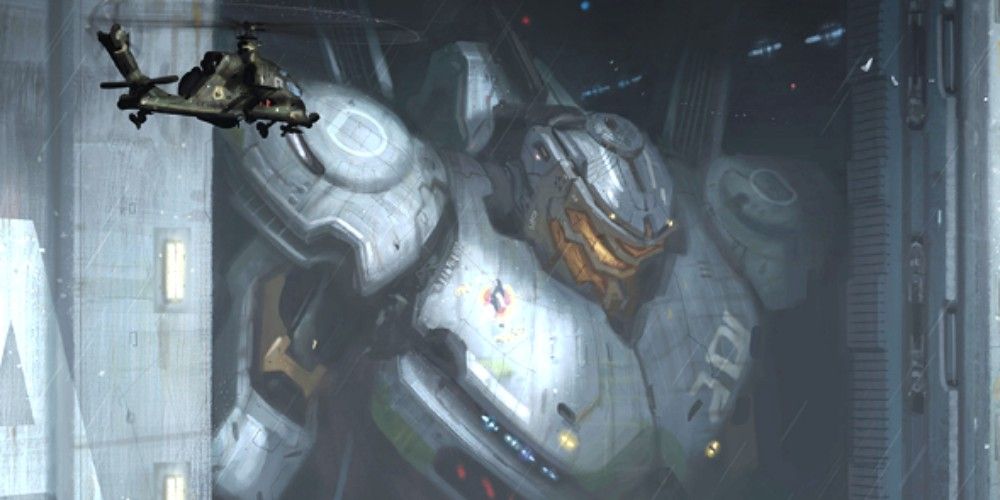
By the events of Pacific Rim Uprising, Jaegers are being bought and sold for parts on the black market. Since the kaiju have been destroyed, and a new type of drone Jaeger is being mass-produced, there isn’t the same need for humans to pilot them anymore, until the Precursors find a way to attack Earth with kaiju once again.
The Jaegers in the sequel film are much sleeker in silhouette, resembling tall metal men with V-shaped torsos and streamlined components. The Gipsy Avenger looks like Gipsy Danger on a diet, and the visuals suffer somewhat for it when the more svelte Jaegers don’t look like they can take on a mega-kaiju in the climactic final battle, unlike this mech warrior by Hugo Martin.
JAEGER CARRIERS
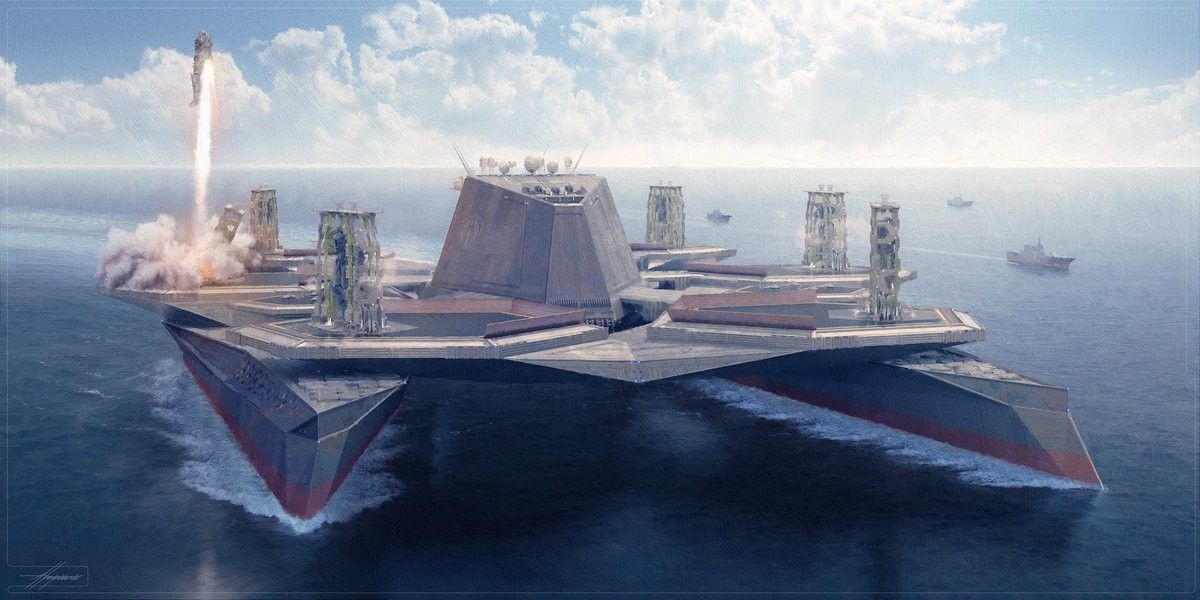
In Pacific Rim, many Jaegers were housed on aircraft carriers that moved about the Pacific Rim as drifting military fortresses of soldiers, engineers, pilots, and technicians. This allowed them to be dropped into battle at a moment’s notice rather than from the Shatterdomes where they were first created for the Pan Pacific Defense Corps.
In the sequel, the aircraft carriers looked something like S.H.I.E.L.D. would use, such as in this piece of concept art with Jaegers standing vigilant on all corners. Something about the scale looks a little off, but then again, the sequel was criticized for not having the same attention to detail as its predecessor.




